In announcing Android Wear for iOS on Monday, Google noted users can track steps, calories and other biometric readings in-app, but failed to confirm HealthKit compatibility. It has since been learned that Google chose not to integrate with Apple's platform, instead opting for its own Google Fit service.
Representatives from Apple and Google told BuzzFeed News that Android Wear does not offer access to the HealthKit framework, meaning wearables running the operating system must use Google's competing Google Fit system to log fitness and health measurements.
A Google spokesperson confirmed Android Wear for iOS "bypasses" HealthKit, but "absolutely supports the mass majority of Wear features we see our Android users using and loving." An Apple representative said the choice was entirely Google's.
Android Wear for iOS launched on Monday to bridge the gap between Google's smartwatch platform and Apple's iOS hardware. The app serves to expand Android Wear's reach into Apple's consumer base, a demographic previously unable to take full advantage of Android-based smartwatches due in large part to software incompatibility.
Google's decision is not surprising considering the ongoing turf war between iOS and Android, not to mention the potential value of user-generated data, but the move ultimately hurts iPhone owners who prefer Android Wear devices over Apple Watch. A reluctance to concede data is not unprecedented, especially in the health quantification world, however. Fitbit, for example, has long refused to support HealthKit.
Full HealthKit integration on the level seen with third-party fitness devices and Apple's own Watch product allows for cross-app data sharing, a feature important to information aggregation and a streamlined user experience. For example, Apple's Health app collects biometric data from HealthKit-compatible devices to serve as a central repository for a user's health and fitness technology ecosystem.
 Mikey Campbell
Mikey Campbell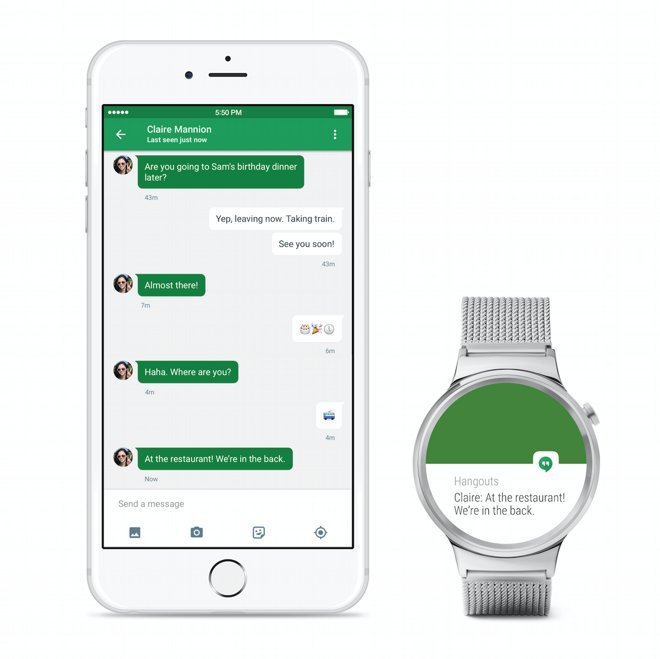

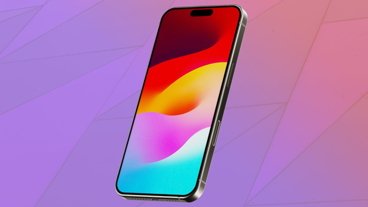

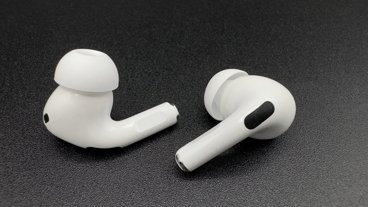
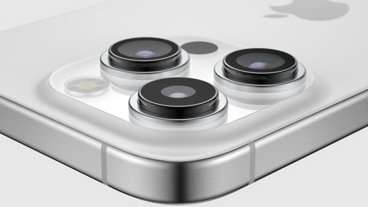



 Amber Neely
Amber Neely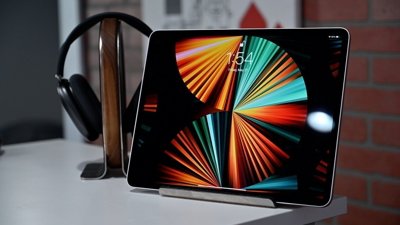
 Malcolm Owen
Malcolm Owen
 Christine McKee
Christine McKee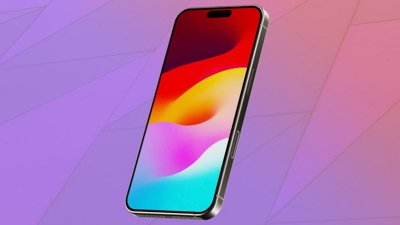
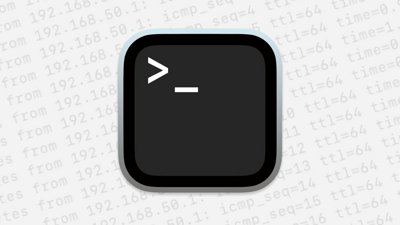
 Chip Loder
Chip Loder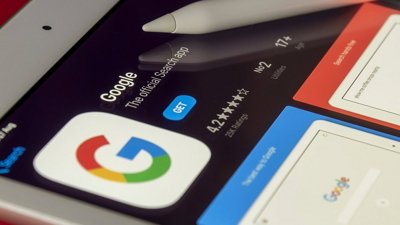
 Marko Zivkovic
Marko Zivkovic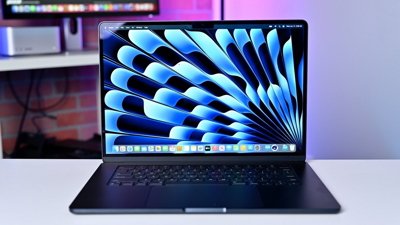
 Wesley Hilliard
Wesley Hilliard

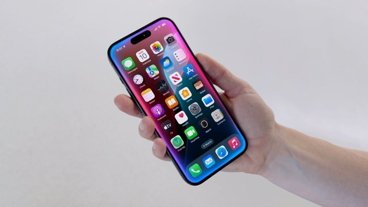








34 Comments
I see zero reason why an iPhone user would want an Android Wear device. If I wanted something round that badly I'd just get a mechanical watch and forget about smartwatches.
Everything in Apple's favor. Thank God.
I'm Shocked! Shocked! You mean Apple isn't going to allow Google to harvest health data to sell to advertisers? Shocked
Don't worry, Googs will find a way to extract data from HealthKit with or without your permission.
[quote name="Creek0512" url="/t/187975/googles-android-wear-for-ios-confirmed-incompatible-with-apples-healthkit#post_2769267"]I'm Shocked! Shocked! You mean Apple isn't going to allow Google to harvest health data to sell to advertisers? Shocked[/quote] I'm sure HealthKit is open so Apple wouldn't mind Giggle using it. But harvesting data makes sense, that's probably why Giggle didn't use it.